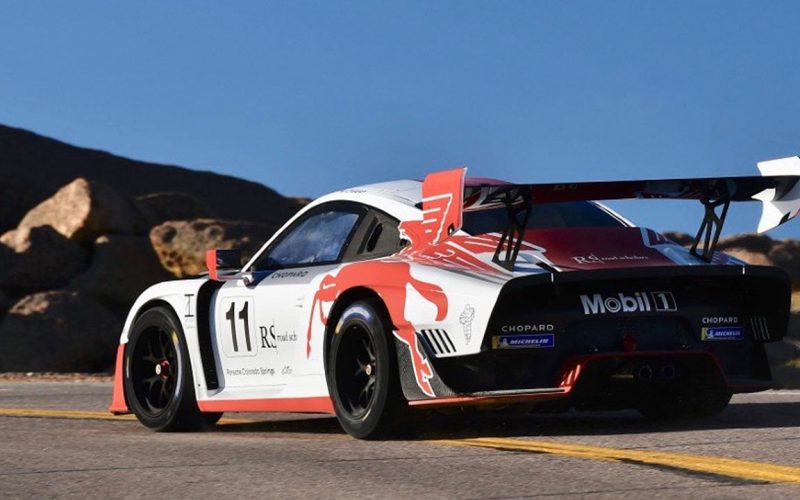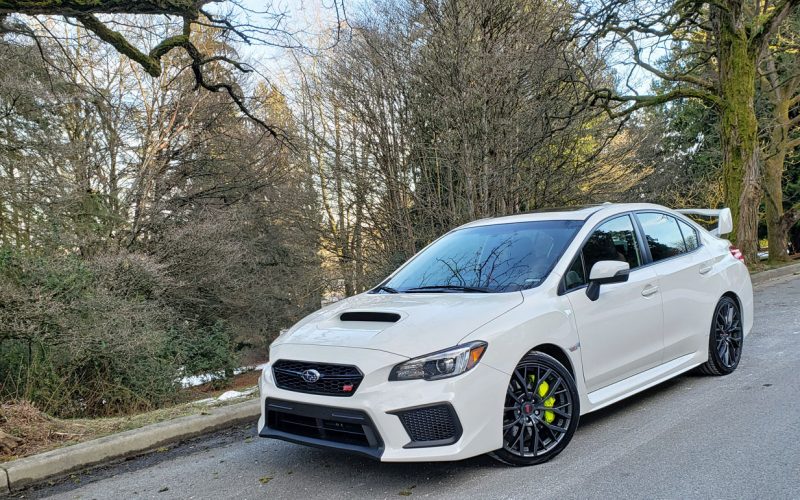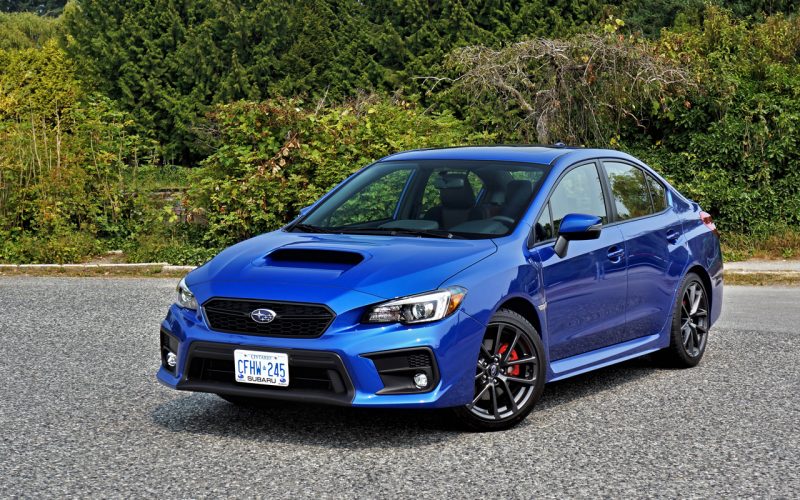
Reading Time: 3 minutesJust in case you missed it, racing legend Jeff Zwart, already with 16 Pikes Peak hill

Reading Time: 11 minutesAre you a wing spoiler or a lip spoiler person? That’s a question you’ll need to

Reading Time: 8 minutesIt only seems like we reviewed the 2018 WRX yesterday and all of a sudden the
© 2025 The Car Magazine. All Rights Reserved, Privacy Policy | Terms of Use